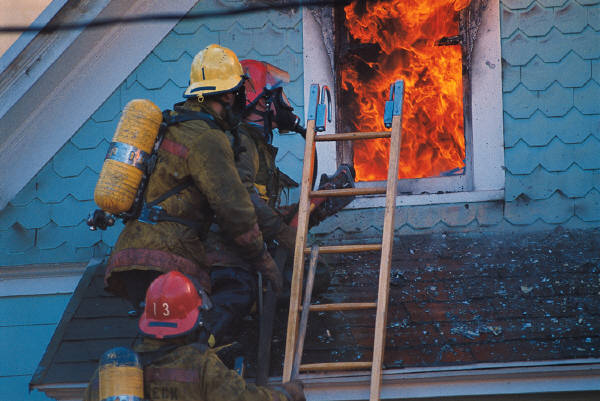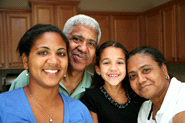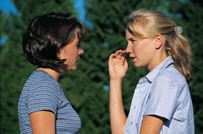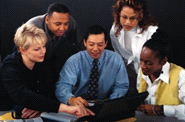Smoke Free Housing
for
Condominium Owners and Homeowner Associations
Condominium owners can be affected by secondhand (SHS) and thirdhand smoke in the same way as apartment tenants.
Tobacco smoke drifts throughout buildings from one condo unit to the next, seeping into units through crawl spaces, attics, basements, light fixtures, plumbing, walls and can enter from people smoking outside doorways and on balconies and patios. Thirdhand smoke can then settle into carpet, walls and other surfaces. Additionally, heating, ventilation, and air conditioning systems can also distribute tobacco smoke throughout a building.

Ventilation is not the Solution.
According to the American Society of Heating, Refrigeration and Air-Conditioning Engineers (ASHRAE):
Smoke-free policies protect residents.
Condo Associations Can Legally Make their Buildings Smoke-Free Steps to Go Smoke Free Owners have Rights that Protect Them -Breach of the covenant of quiet enjoyment -Negligence -Breach of warranty of habitability -Nuisance -Harassment -Constructive eviction -Trespass[9]
This information is for educational purposes only and is not to be construed as a legal opinion or as a substitute for obtaining legal advice from an attorney. Additional Resources: National Center for Healthy Housing: www.nchh.org Smoke-Free Environments Law Project: www.tcsg.org/sfelp/home.htm Tobacco Technical Assistance Consortium: www.ttac.org Tobacco Control Legal Consortium: www.tclconline.org Technical Assistance Legal Center: www.phlpnet.org/tobacco-control American's for Nonsmoker’s Rights Foundation: www.no-smoke.org Smokefree Apartment House Registry, http://www.smokefreeapartments.org [1] American Society of Heating, Refrigerating and Air-Conditioning Engineers, Inc. , ASHRAE Position Document on Environmental Tobacco Smoke, 2008 [2] TobaccoFree Kids.org [3] http://www.usfa.dhs.gov/downloads/pdf/tfrs/v5i5.pdf U.S. Fire Administration / FEMA [4] Technical Assistance Legal Center, There is No Constitutional Right to Smoke, Public Health Institute 2005 [5] Public Health Law & Policy Technical Assistance Legal Center, How to Make a Condo Complex Smokefree Factsheet, 2008 [6] Susan Schoenmarklin, Tobacco Control Legal Consortium, Legal Options for Condominium Owners Exposed to Secondhand Smoke (2006). [7] Susan Schoenmarklin, Tobacco Control Legal Consortium, Infiltration of Secondhand Smoke into Condominiums, Apartments and Other Multi-Unit Dwellings: 2009 (2009). [8] Susan Schoenmarklin, Tobacco Control Legal Consortium, Legal Options for Condominium Owners Exposed to Secondhand Smoke (2006). [9] Susan Schoenmarklin, Tobacco Control Legal Consortium, Infiltration of Secondhand Smoke into Condominiums, Apartments and Other Multi-Unit Dwellings: 2009 (2009)





Gather the survey and petition results and information on the benefits of smoke free policies.


Smoke Free Condos

Free Policies




